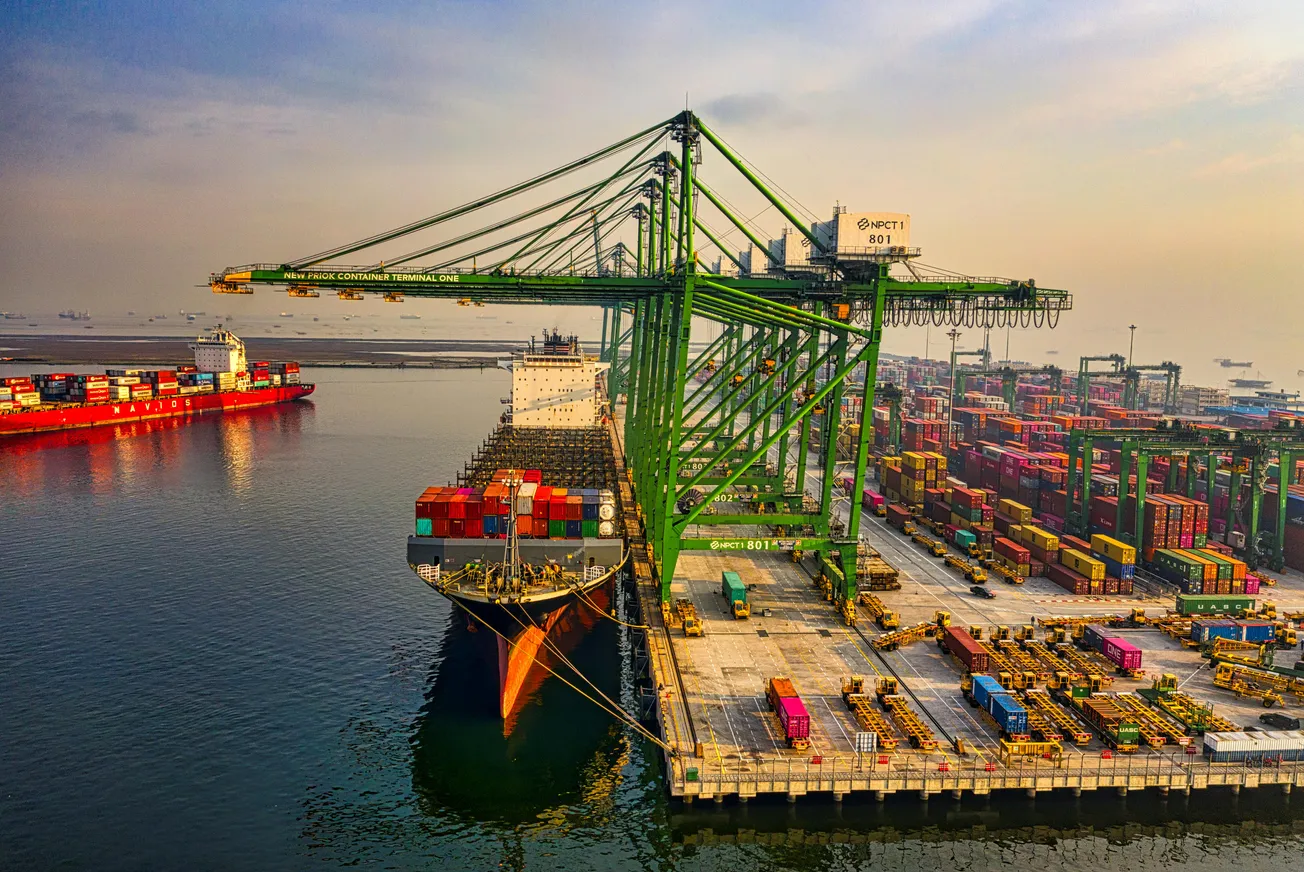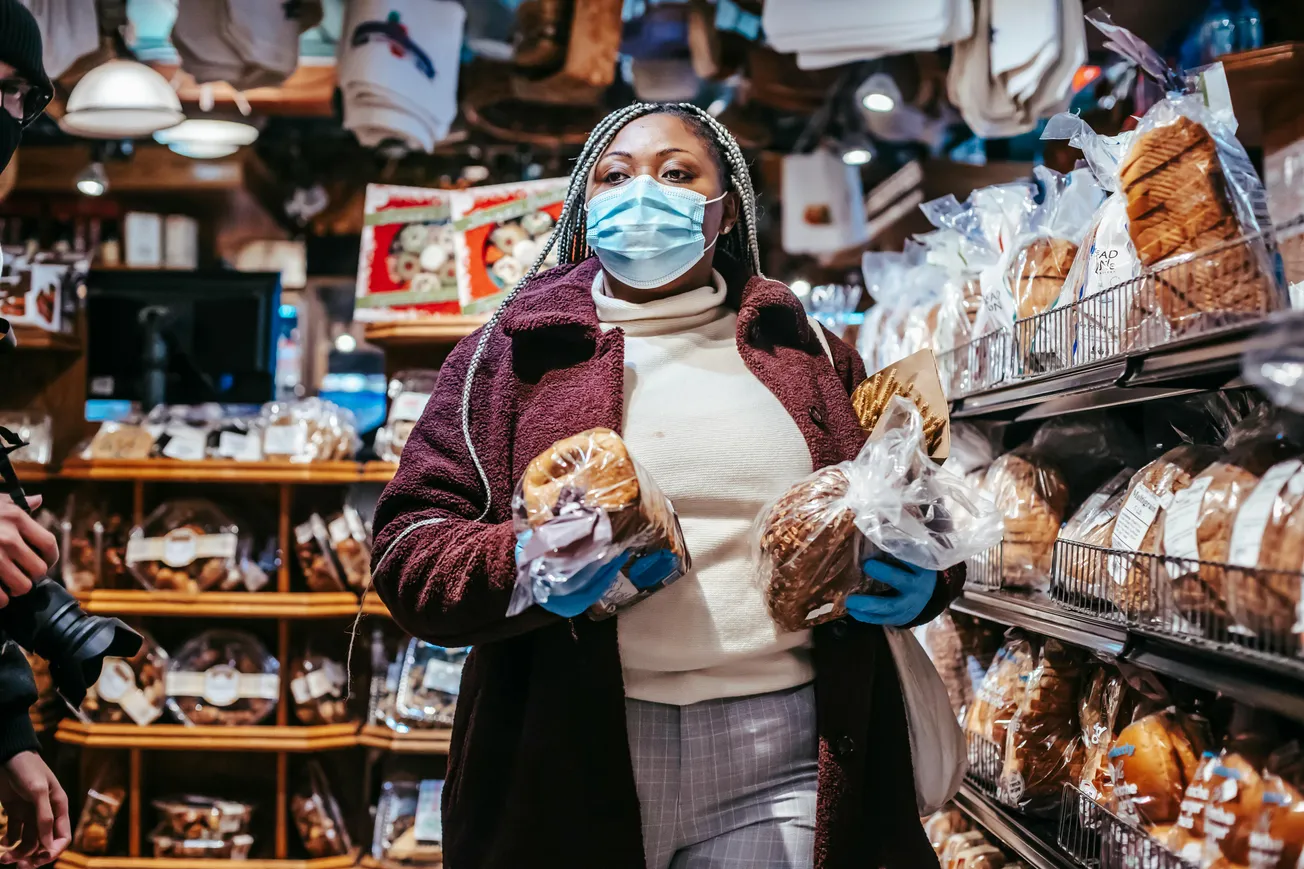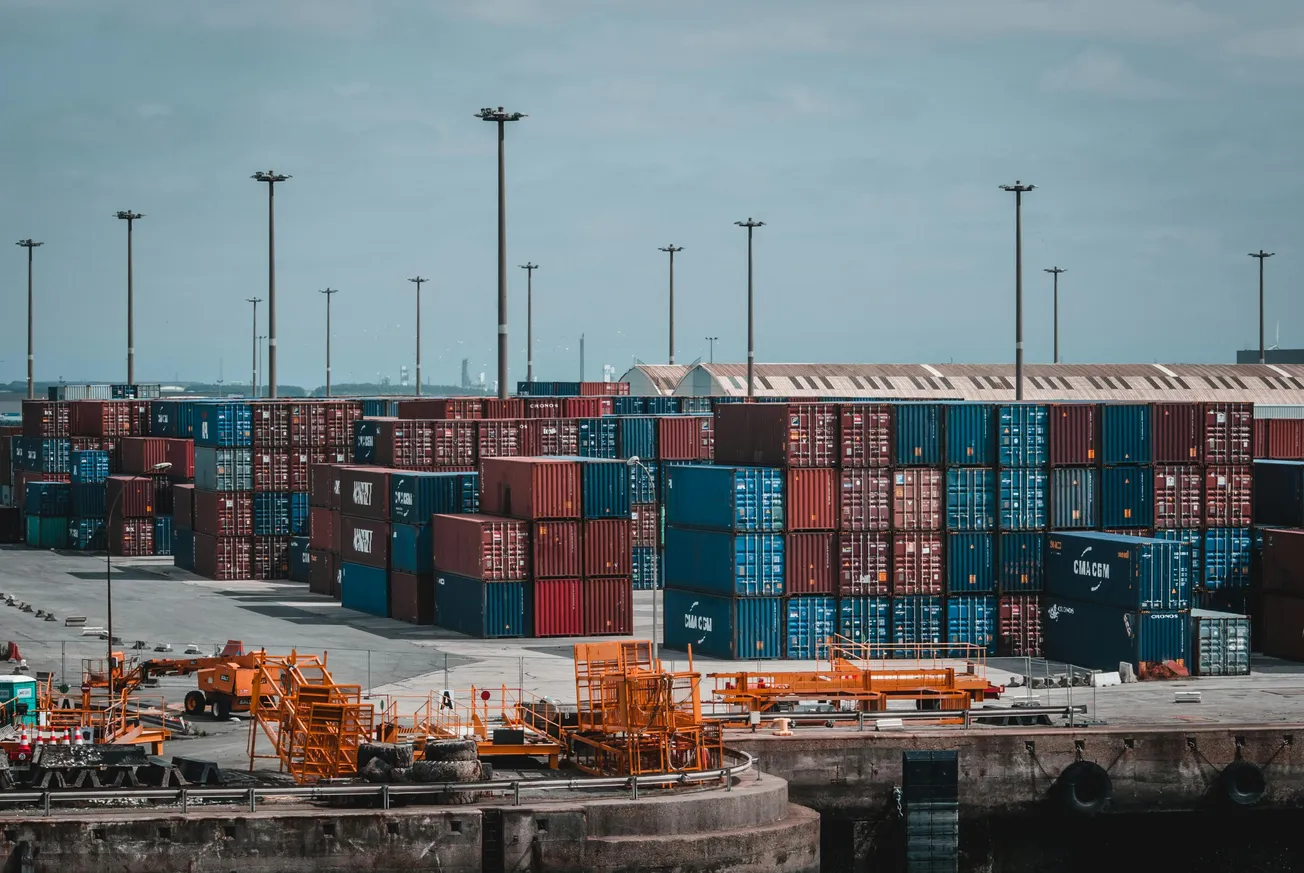
How to Prepare for Tariff Changes in 2026
Get ready for 2026: Learn how to prepare for future tariff changes through supply chain diversification, compliance tools, and sourcing strategies.

Get ready for 2026: Learn how to prepare for future tariff changes through supply chain diversification, compliance tools, and sourcing strategies.

Uber Eats and DoorDash have sued New York City to block a new law requiring tipping prompts at checkout, arguing it violates free‑speech rights and could increase costs for consumers.

The long‑awaited U.S. jobs report showed weak overall employment growth and a rising unemployment rate, reflecting slowing labor market momentum amid economic uncertainty.

The U.S. government has already collected roughly $1 billion in new tariff revenue after closing the de minimis loophole, with duties of 10 %–50 % on previously exempt imports.

Walmart addresses food safety concerns after razor blades were found in bread at Biloxi stores and faces ongoing product recalls flagged by the FDA.

Federal and state tensions over artificial intelligence regulation are deepening in Washington, with debates over centralized oversight, states’ rights, and AI’s societal risks reshaping tech policy.

New York Fed President John Williams says recent Fed action leaves monetary policy in a good position heading into 2026, expecting inflation to moderate and balanced economic growth.

Tesla’s board of directors has earned more than $3 billion in stock‑based compensation over two decades, far exceeding peer norms and prompting debate about director incentives and corporate governance.

The U.S. is phasing in tariffs on Nicaraguan imports due to labor and human rights concerns, challenging supply chains and sourcing strategies in 2026.

The Fed lowered rates by 0.25% in December but signaled only one cut likely in 2026, maintaining a cautious stance amid persistent inflation.

Ongoing tariff volatility and shifting trade policy threaten to squeeze retail margins and reshape supply‑chain strategies — making 2026 a critical pivot point for survival and adaptation.

The U.S. is threatening new tariffs on Mexico after treaty‑mandated water deliveries from the Rio Grande fell hundreds of millions of acre‑feet behind, reigniting tensions at the intersection of water, agriculture and trade.

A major food‑safety recall impacts shredded cheese sold at major U.S. retailers — consumers are urged to dispose of or return affected products after the FDA flagged possible metal fragments.

Costco has filed suit to safeguard its right to tariff refunds, challenging sweeping IEEPA‑based trade duties and underscoring risks to global supply‑chain sourcing and retail pricing.

Standard Bots’ CEO warned Congress that without a funded national robotics strategy, U.S. manufacturers risk being outpaced by subsidized foreign competitors, particularly from China.

The U.S. and U.K. have reached a zero-tariff agreement on pharmaceuticals, easing trade tensions and stabilizing supply chains amid rising NHS pricing commitments.